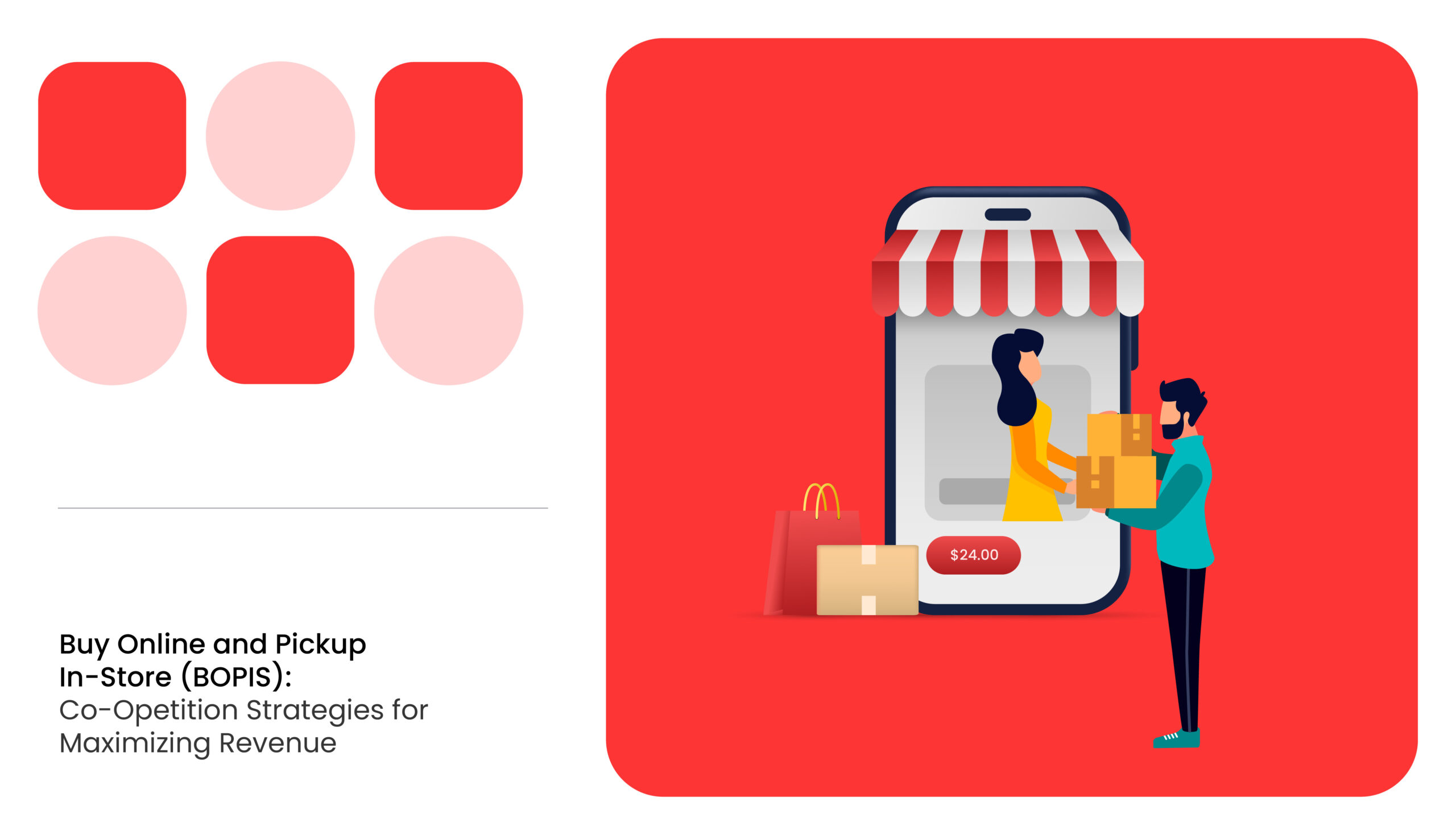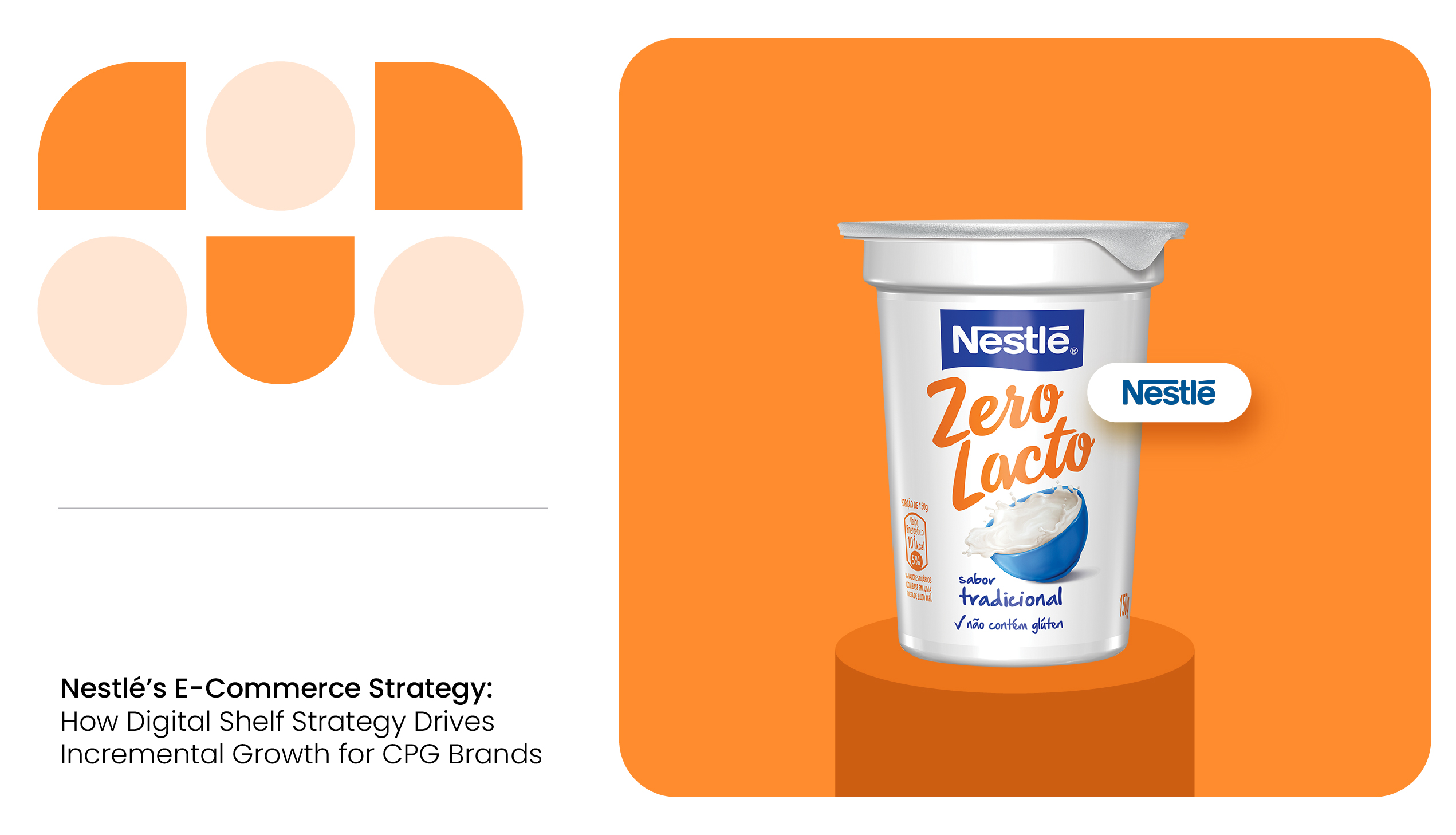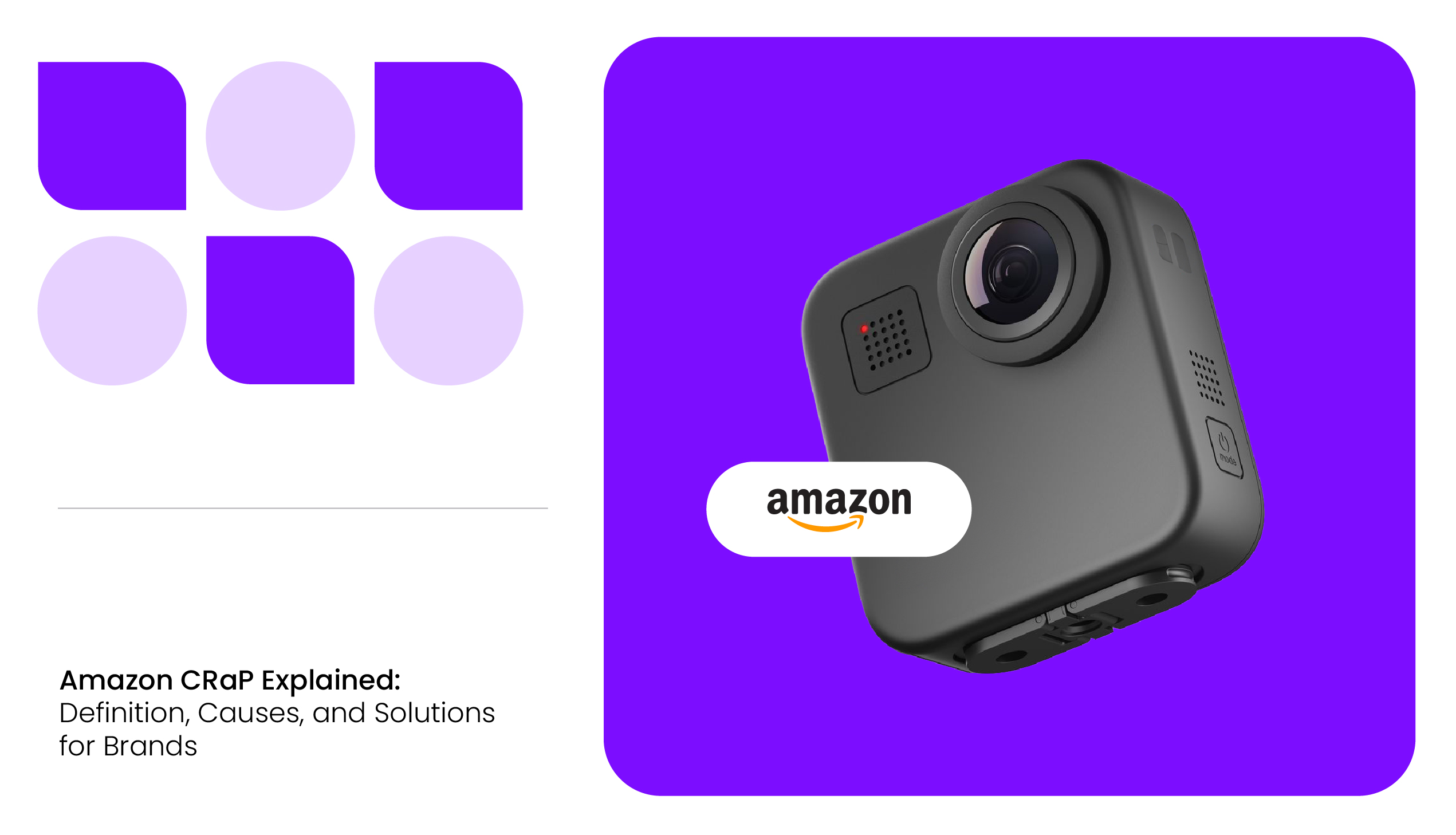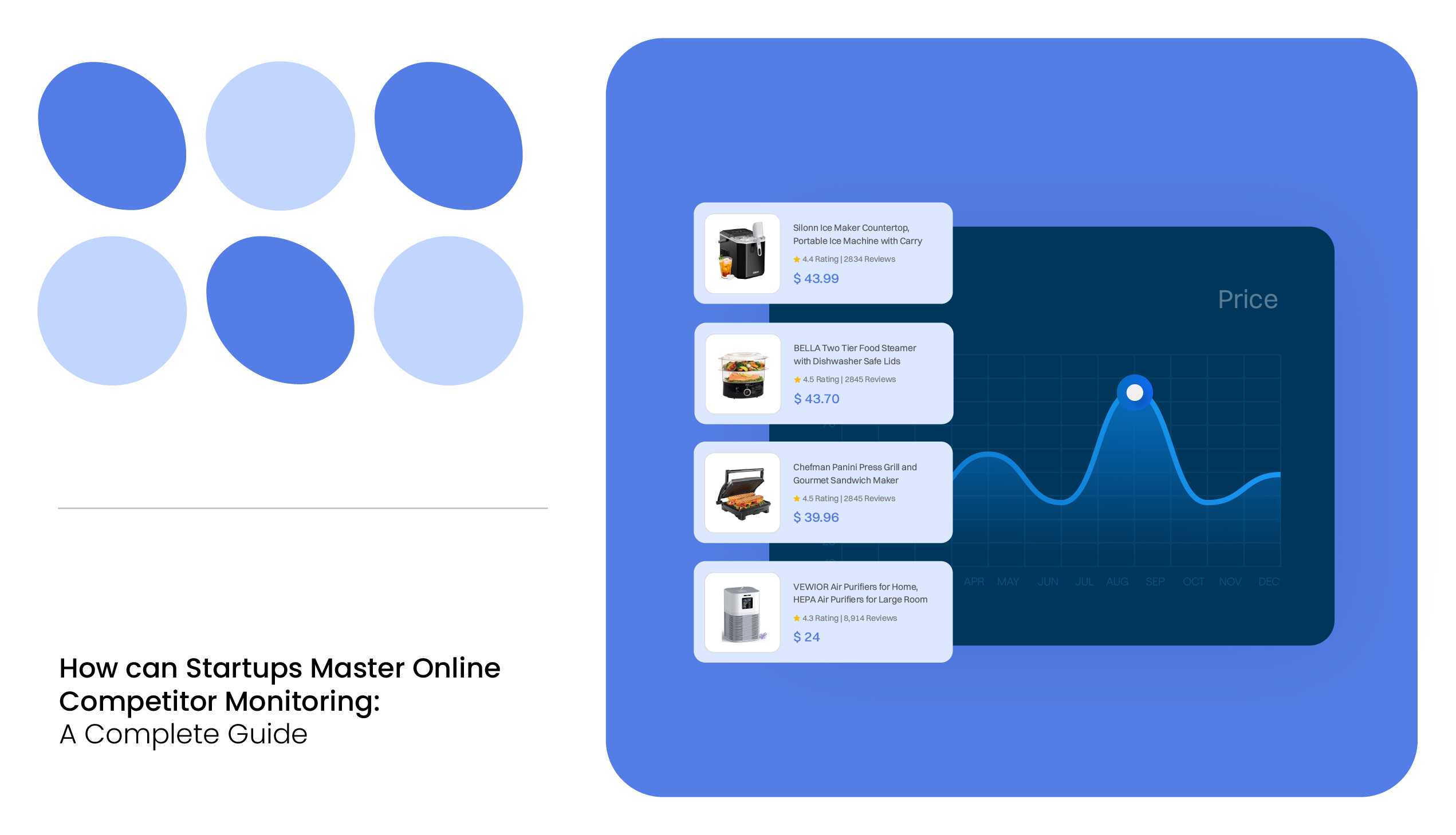The modern retail environment has seen a significant shift with the rise of Buy Online and Pickup In-Store (BOPIS), especially post-COVID-19. According to Business Wire, the BOPIS market is set to reach $500 billion by 2033, driven by growing consumer demand for more convenient shopping options and the integration of omnichannel innovation.
By combining the convenience of online shopping with the immediacy of in-store pickup, BOPIS not only caters to the modern consumer but also offers a unique opportunity for businesses to maximize revenue.
As retailers and manufacturers seek ways to capitalize on this opportunity, understanding the co-opetition strategies that can optimize this model is key to driving increased revenue.
This article will explore how the Buy Online Pickup In-Store strategy can help manufacturers and retailers maximize revenue, the role of co-opetition in BOPIS, and key strategies to ensure success.
What is BOPIS?
Buy Online and Pickup In-Store, also known as click and collect, is a retail strategy that allows customers to shop online, choose a pickup location, and retrieve their orders at a physical store.
It eliminates the need for delivery, giving customers the flexibility to shop at their convenience and pick up their orders when it suits them, often the same day.
By offering customers this convenience, BOPIS enhances operational efficiency, reduces costs, and fosters stronger customer loyalty for businesses. With the BOPIS strategy, retailers and manufacturers can cater to the growing demand for immediate gratification while driving more traffic to their brick-and-mortar stores.
The model is particularly beneficial in this growing shift where consumers are increasingly seeking convenience but still value the tactile experience of shopping in-store.
Major retailers such as Walmart, Target, Best Buy, and Home Depot have effectively adopted this model to improve customer convenience and strengthen their competition against online-only retailers.
READ MORE| BOPIS is a phygital omnichannel fulfillment strategy. To know more about phygital retail, check out Exploring Phygital In E-commerce with Industry Examples.
How Buy Online Pick Up In Store Works
The BOPIS model is designed to be simple for both consumers and businesses. Here’s how it typically works:
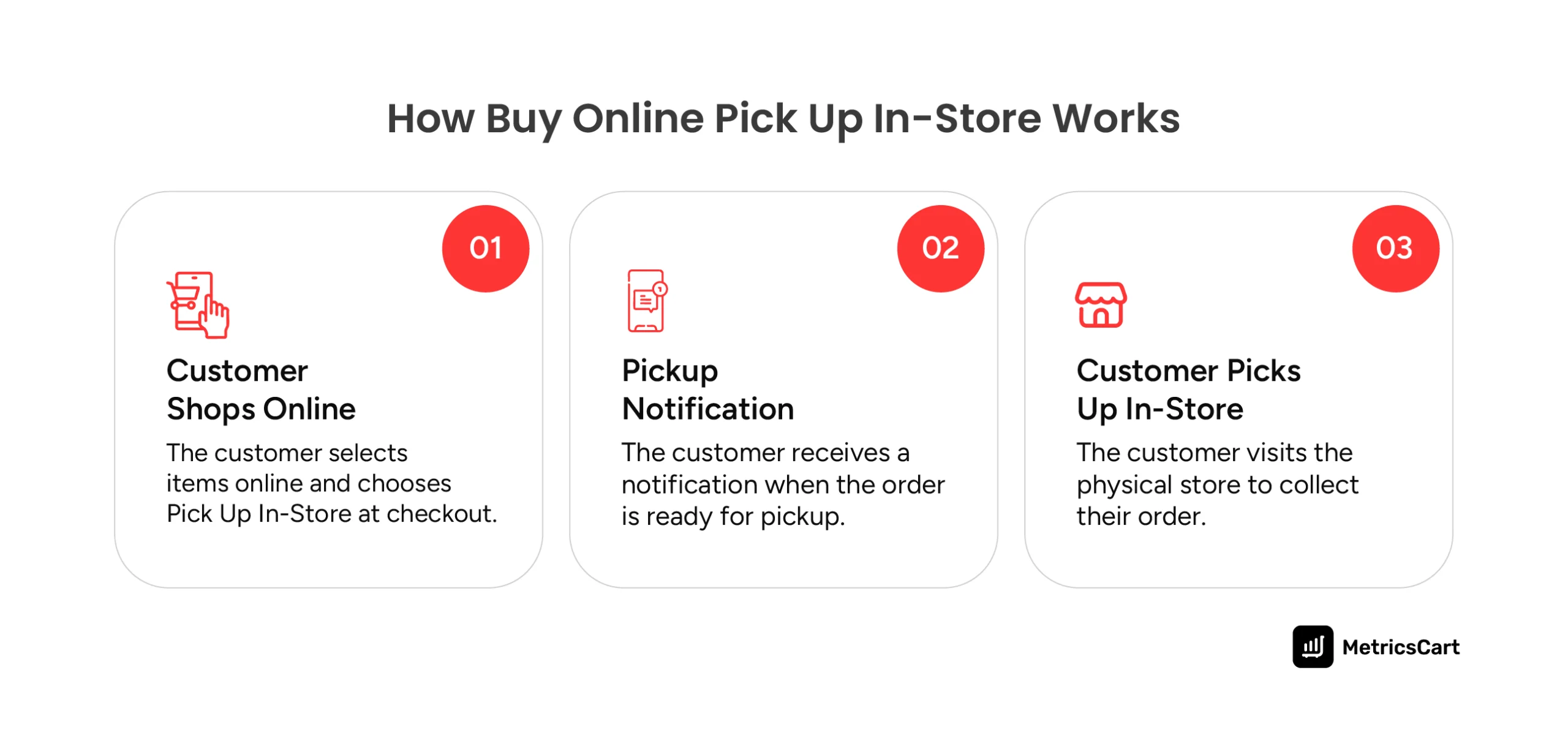
- Customer Browses and Orders Online: A customer visits a retailer’s website or mobile app, selects the products they want to buy, and adds them to their shopping cart. They choose the “pickup in-store” option at checkout.
- Order Confirmation: After placing the order, the retailer processes the request and notifies the customer when their order is ready for pickup. In some cases, the order may be ready within hours.
- Customer Picks Up the Order: The customer visits the physical store, where their order is typically packaged and ready for immediate collection. Retailers can streamline this process by designating a specific area in the store for BOPIS orders, allowing customers to quickly pick up their items without long wait times.
With no shipping fees and reduced delivery times, BOPIS is highly appealing to customers who want the convenience of online shopping with the immediacy of an in-store experience.
This model not only drives foot traffic to stores but also helps manufacturers maintain better control over product distribution, ensuring high-demand items are always available for customers in key locations.
Understanding Co-Opetition in BOPIS
Co-opetition is the strategic collaboration between manufacturers and retailers to work together to achieve shared goals. This cooperation can take many forms, from aligning on pricing strategies to sharing inventory data to coordinating marketing efforts.
For manufacturers, cooperating with retailers allows them to ensure that their products are readily available for BOPIS pickup, while also benefiting from the visibility and in-store traffic generated by the retailer’s physical locations.
Retailers, on the other hand, benefit from the manufacturer’s product expertise, ensuring they always have the latest and most in-demand products in their stores. The partnership enables sharing operational insights and collaborating on inventory for both sides to streamline their logistics and pricing models.
A recent study on BOPIS co-opetition highlighted that manufacturers are more likely to introduce BOPIS contracts when a retailer’s operational costs for BOPIS are low. When these contracts are in place, they allow both manufacturers and retailers to increase prices strategically while ensuring that the BOPIS model remains profitable for both parties.
Let’s take a better look at how co-opetition strategies for buy online and pickup in-store can generate revenue and boost mutual retail profitability.

Benefits of BOPIS for Manufacturers and Retailers
By integrating buy online and pickup in-store strategy, businesses can capitalize on the convenience it offers to customers, boosting revenue and customer loyalty. Here’s how both sides benefit from this omnichannel phygital model:
Maximizing Foot Traffic and Revenue Opportunities
For retailers, the primary benefit of BOPIS is increased foot traffic. Customers who opt for BOPIS strategy often make additional purchases when they pick up their orders in-store. This creates opportunities for retailers to upsell or cross-sell products, increasing the overall value of the transaction.
Additionally, manufacturers benefit from increased exposure to their products in-store, providing an additional channel for their product visibility. It also allows brands to reach a broader consumer base through retailers’ physical locations.
Enhancing Customer Experience and Building Loyalty
The market is saturated, and customer loyalty is paramount. BOPIS significantly enhances the customer experience by offering speed and convenience. Customers avoid shipping fees, skip long delivery waits, and can access their purchases much faster. This convenience fosters trust and encourages repeat business.
Manufacturers and retailers can use BOPIS to create a more personalized experience by combining digital tools with in-store interactions. Retailers who offer seamless online-to-offline (O2O) experiences can create a unique value proposition that enhances customer loyalty and retention.
Operational Efficiency and Cost Reduction
For retailers, BOPIS strategy reduces the reliance on home delivery, which can be costly and inefficient. Instead of managing large inventories at each store, retailers can leverage centralized warehouses for BOPIS fulfillment, which reduces overhead costs and optimizes space. This shift allows retailers to allocate resources more effectively and streamline operations.
Manufacturers benefit as well, as BOPIS reduces supply chain inefficiencies by centralizing order fulfillment and improving demand forecasting. Real-time inventory systems allow manufacturers to work closely with retailers to ensure that high-demand products are always available for pickup.
Co-Opetition Strategies for Maximizing Revenue with BOPIS
To fully capitalize on the potential of buy online and pickup in-store, manufacturers and retailers must implement targeted strategies that optimize pricing, inventory management, and customer experience.
1. Optimizing Pricing and Leveraging BOPIS Contracts
BOPIS contracts between manufacturers and retailers can offer flexibility in pricing, which can drive higher margins for both parties. When retailers’ operational costs are low, manufacturers can increase prices without alienating consumers.
These contracts also allow for dynamic pricing adjustments, ensuring that both sides maintain profitability while meeting customer expectations.
For e-commerce managers, it’s important to implement clear pricing models for BOPIS, balancing the need for competitive pricing while accounting for fulfillment costs. This can include offering discounts or incentives to encourage BOPIS usage and attract price-sensitive customers.

Check out the 24th Episode of the Digital Shelf Insider Podcast, where Shauna Pannone, PreSales Solution Director at ChannelEngine, shares sharp, data-backed insights from ChannelEngine’s latest shopper behavior study, revealing how buyer journeys, pricing expectations, and content performance are evolving across top retail platforms.
Watch the full episode here:
READ MORE| Price intelligence can make or break your business. Check out Price Intelligence 101: A No-Nonsense Guide to know how.
2. Enhancing Inventory Management
Effective inventory management is the backbone of BOPIS strategy success. Both manufacturers and retailers need to integrate real-time inventory systems to manage stock efficiently.
By utilizing predictive analytics, out-of-stock monitoring, and demand forecasting tools, retailers can ensure that popular products are always in stock and available for quick pickup.
Aligning inventory strategies ensures that products are placed in locations where customer demand is highest. This reduces the risk of stockouts and optimizes the supply chain.
With MetricsCart’s e-commerce availability monitoring software, get real-time insights to track stock updates and fix product gaps before you lose out on sales.
3. Omnichannel Marketing for BOPIS
To maximize the impact of BOPIS, retailers need a strong omnichannel marketing strategy. This involves promoting BOPIS across various digital and physical touchpoints to raise awareness and encourage adoption.
A combination of online ads, social media promotions, in-store displays, and email marketing can all help drive customers to use the BOPIS option.
Manufacturers and retailers should collaborate to create joint marketing campaigns that highlight the benefits of BOPIS, including quick access to products, reduced shipping costs, and the convenience of shopping.
4. Seamless Integration of Online and In-Store Experiences
A seamless integration between online and in-store touchpoints is key to a successful BOPIS strategy. Retailers must ensure that their websites or apps are user-friendly and optimized for BOPIS orders.
Clear communication regarding pickup times, locations, and procedures is essential for reducing friction in the customer experience.
For manufacturers, collaborating with retailers to ensure consistent branding and messaging across both platforms helps maintain a unified experience.
5. Building Trust Through Transparent Communication
The foundation of successful co-opetition lies in clear communication and mutual trust. Manufacturers and retailers must work together to share insights on customer preferences, inventory data, and promotional activities.
This enables both parties to align their goals, ensuring that the buy online and pickup in-store process runs smoothly and customers receive a consistent, high-quality experience.
Final Notes
With customers demanding faster and more convenient shopping experiences, BOPIS is likely to evolve into an even more integrated part of omnichannel retail strategies.
The adoption of AI, machine learning, and automation will help manufacturers and retailers streamline operations and offer more personalized shopping experiences. These technologies can optimize inventory management, enhance demand forecasting, and improve fulfillment speeds.
By embracing co-opetition, refining pricing strategies, optimizing inventory, and enhancing customer experiences, businesses can unlock the full potential of the buy online and pickup in-store strategy.
With MetricsCart‘s full suite of digital shelf analytics solutions, get deeper insights and data-driven strategies to optimize your e-commerce performance.
Ready To Scale Your Brand and Drive Results? Unlock Your E-Commerce Potential Today!
FAQs
The most likely result of the Buy Online Pickup In-Store (BOPIS) option is increased foot traffic to physical stores, as customers visit to pick up their online orders. This often leads to higher sales through impulse buys, as customers are already in the store. Additionally, BOPIS enhances customer loyalty by offering convenience and immediate access to products, which encourages repeat business.
The BOPIS strategy allows customers to shop online for products and then pick them up at a physical store, offering the convenience of online shopping without the wait for home delivery. This strategy caters to consumers’ increasing desire for fast service and eliminates shipping costs, providing a faster and more efficient shopping experience that drives foot traffic to stores.
With BOPIS, customers browse products online, add them to their cart, and select a store for pickup during checkout. Once the order is processed, the customer receives a notification that the items are ready for pickup. They can then visit the store, where their order is waiting for them, often packaged and ready to go, saving them time and shipping fees.
The BOPIS model merges the convenience of online shopping with the speed of in-store pickup. Customers place orders on a retailer’s website or app and choose a physical store as the pickup location, allowing them to bypass delivery fees and receive their purchases more quickly. This model creates a seamless shopping experience that meets the needs of modern consumers seeking speed and convenience.
By offering BOPIS, retailers can significantly improve customer loyalty by providing a quick, convenient shopping experience. Customers appreciate the ability to shop online and pick up their orders in-store without the delays and costs associated with traditional shipping. This added convenience enhances overall customer satisfaction, making them more likely to return for future purchases and recommend the service to others.

